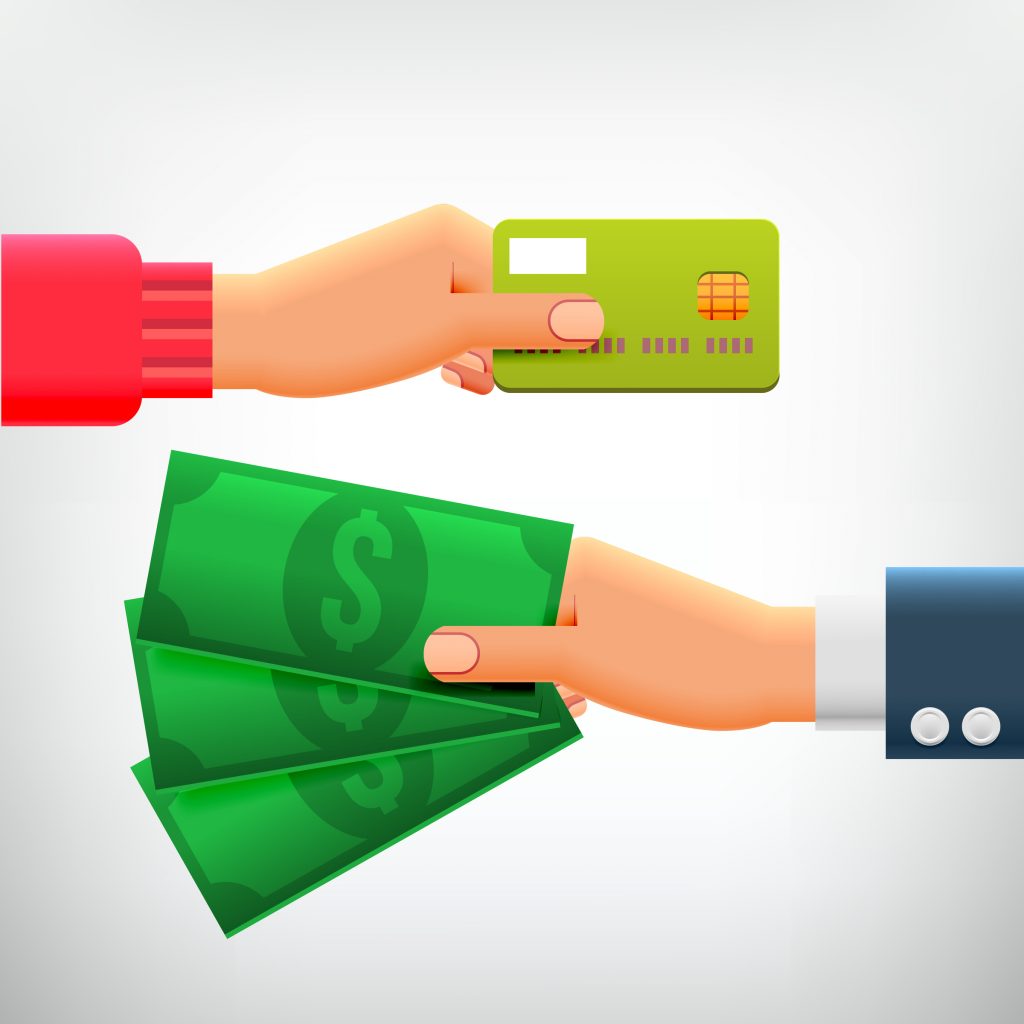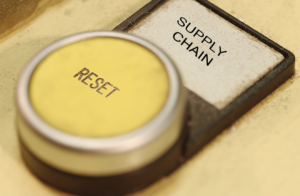The principal goal of commerce, be it traditional or e-commerce, is to get customers to exchange their money for goods and services. Comedian Steve Martin once stated, “I love money. I love everything about it. I bought some pretty good stuff. Got me a $300 pair of socks. Got a fur sink. An electric dog polisher. A gasoline powered turtleneck sweater. And, of course, I bought some dumb stuff, too.”[1] If you ask people to tell you about money, they will likely talk about things like gold, silver, bills, and coins. In the Digital Age, however, things are a little more complicated. There are well-known forms of payment like credit and debit cards; but, there are also other forms of payment like cryptocurrencies, PayPal, Google Pay, and Apple Pay. Jake Rheude (@JakeRheude), Director of Marketing & Business Development at Red Stag Fulfillment, openly wonders if the Digital Age is going to witness the end of traditional cash. He explains, “A digital wallet is software that allows an e-commerce retailer or a payment service like PayPal to securely store your credit card or bank information. When you’re ready to buy, you don’t need the card in hand. You can unlock your payment with a password. Now that smartphone apps like Google Pay and Apple Pay bring the convenience of a digital wallet to mobile payments at the physical checkout, we could be on our way to a completely cashless economy.”[2]
The road to a cashless economy
Cash is not dead yet; however, we are certainly on the road leading there. Over the years, the road has had a few off ramps. Rheude notes, “The history of mobile payment companies is littered with dead ends. Of the eight ways to pay with your mobile phone listed in a 2011 article, about half no longer exist or are so obscure that you’ve probably never heard of them.” He also notes the rise of electronic payment schemes fits well with the so-called Gig Economy. “Digital payment technology has facilitated the rise of the gig economy,” he asserts. “With apps like Venmo and PayPal, the means to accept electronic payments are easily accessible to even the smallest entrepreneurs.”
E-commerce and the digital path to purchase would have been impossible without the rise of electronic transfers of funds. As e-commerce has grown, peoples’ acceptance of and willingness to use electronic payment methods has impacted almost every aspect of the economy. Rheude explains, “As online shopping and mobile payment technology make electronic payments more convenient, cash is the big loser. … The ease of accepting payments through a smartphone with services like Square has made it possible to pay with credit at places that were traditionally cash only, such as street fairs and farmers markets. Even a few enterprising homeless people have begun accepting donations via credit card.” In developing countries, the ubiquity of smartphones has opened up banking services to the very poor. Cash, it seems, is on the way out. Rheude concludes, “Cash isn’t likely to disappear any time soon, but e-commerce has helped put digital wallets squarely in the comfort zone for most consumers. Among millennials, electronic payment is a no-brainer, so someday, probably sooner than we expect, the only cash in your pocket will be virtual dollars in a digital wallet.” It’s clear electronic payments have had significant impact on the consumer side of the digital path to purchase. What about the business side?
Electronic payments and the supply chain
The more complex a company’s supply chain the more challenging it can be to get paid. Staff members at PYMNTS note, “As the world continues to shrink and companies do more business beyond their borders, quick and efficient fund transfers and reconciliations have become crucial to keeping everything organized and everyone happy. For companies with multinational supply chains, that often means finding quicker ways to move money to suppliers while avoiding significant foreign exchange (FX) costs. Those operating in multiple counties must also manage cross-border money transfers between their far-flung offices’ accounts.”[3] Rich Weissman insists companies need to embrace “leading edge financial services that will help to streamline accounts payable and allow supply chain managers to focus on real problems, not chasing receipts or admonishing requisitioners who exceed their purchasing authority.”[4] One wouldn’t think embracing these technologies would take much effort; however, in a separate article, staff members at PYMENTS insist paying and getting paid remain two of the supply chain’s weakest links.[5]
Their primary concern is security. They explain, “Getting financial institutions (FIs) on board with accepting real-time payments means assuring that doing so won’t bring any unreasonable risk. At a time when many national faster payment schemes are growing around the world, both in terms of transactions processed and FI participant counts, security has become the top concern for many operating in the faster payments space.” Every business wants to decrease purchase-to-pay (P2P) time and electronic payments can certainly help. Gary Kearns and David Divitt, executives with Mastercard-owned payment company Vocalink, told PYMNTS’ Karen Webster financial institutions need to leverage “artificial intelligence and machine learning to foil bad actors’ attempts to launder money or trick bank customers into sending payments.” PYMENTS analysts also note, “Other solutions are less focused on identifying attackers and more focused on denying them leverage. A new solution from data technology company Rambus aims to better protect payments information. The company’s solution tokenizes account numbers in an effort to guard credentials in direct debit, direct credit and P2P payments of central banks and clearing houses.”
Because country regulations and financial institution rules differ, payments, even electronic payments, are going to remain a challenge for the foreseeable future. PYMNTS staff members note, “All that’s left is for someone to find that final missing puzzle piece.” Good luck with that. The current political climate, with the rise of populism, the threat of trade wars, and the questioning of trading alliances, only increases the challenges of finding faster ways to pay in the global economy.
Summary
The digital path to purchase has been made possible by electronic payment schemes. It is now the preferred path to purchase for many consumers. What consumers don’t see are challenging payment schemes undergirding the global economy. Consumers don’t need to understand the challenges faced by businesses; but, businesses, financial institutions, and governments need to work together to make international electronic money flows easier and payment schemes faster. They also need to work together to counter fraud, data breaches, and theft. For the most part, the international economy is already cashless; so, efforts to make a cashless society more secure should be welcomed.
Footnotes
[1] Rob Berger, “Top 100 Money Quotes of All Time,” Forbes, 30 April 2014.
[2] Jake Rheude, “Will E-Commerce Kill Cash?” Forbes, 7 June 2018.
[3] Staff, “Making International Supply Chain Money Move Faster,” PYMNTS, 7 June 2018.
[4] Rich Weissman, “Payments through Outlook could revolutionize procurement,” Supply Chain Dive, 9 May 2018.
[5] Staff, “The Supply Chain’s Weakest Link: Payments,” PYMENTS, 2 June 2018.





